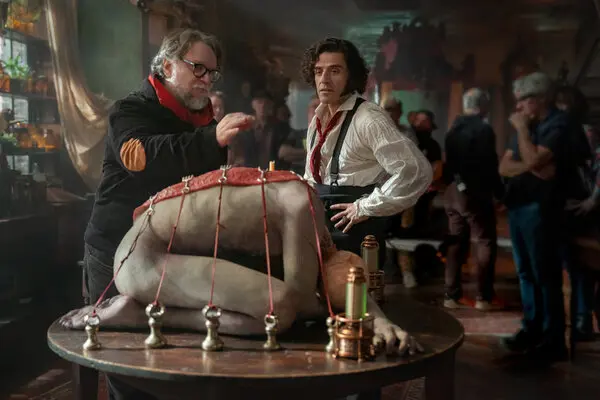
Carve a Pumpkin Like a Pro with these Tips & Techniques
- Oct 11, 2022
Autumn brings cooler temperatures, gorgeous leaves, apple harvesting, and Halloween, which includes pumpkin carving. We've produced a step-by-step guide on pumpkin carving to make the procedure safe, easy, and entertaining.
Choose the right pumpkin
First, find a good pumpkin. Pumpkins are classified into two categories: pie and carving. Carving pumpkins have thinner walls and fewer guts, making them easier to cut and clean.
Tap the pumpkin with your knuckles to check for mushy patches, which indicate rot.
Use carving tools.
Use clay-sculpting tools like wire-end ribbon tools, stainless steel scalpels, or wood-carving gouges to carve pumpkins. A serrated knife, keyhole saw, and compass saw. Use a cordless drill and spade bit to make round pumpkin holes.
Draw a design and start carving.
Draw a circle on the pumpkin's top. Create a removable lid with a knife or saw. Use a large metal spoon to scrape out the insides. Save the pumpkin seeds to roast in the oven (they're delicious in salads).
Traditional pumpkin carving is explained above, but there's another popular method. This technique uses ribbon sculpting tools to carve cheekbones, eye sockets, nose, wrinkles, and mouth into pumpkin skin.
Light it up.
Put a tea-light candle in a votive holder in the pumpkin to light it. Light the pumpkin and replace the lid with a long match or lighter. Drill a 1/2-inch hole in the lid to let heat escape.
If using candles, set the pumpkin outside away from combustible objects. Use flameless candles or LED pumpkin lights to light indoor jack-o'-lanterns.
Enjoy the final result...until rot sets in.
Dip your finished creation in bleach-infused ice. Apply petroleum jelly to the cutouts' edges to seal in moisture and prevent rot. Like all good things, your pumpkins will eventually rot. Till next Halloween.






